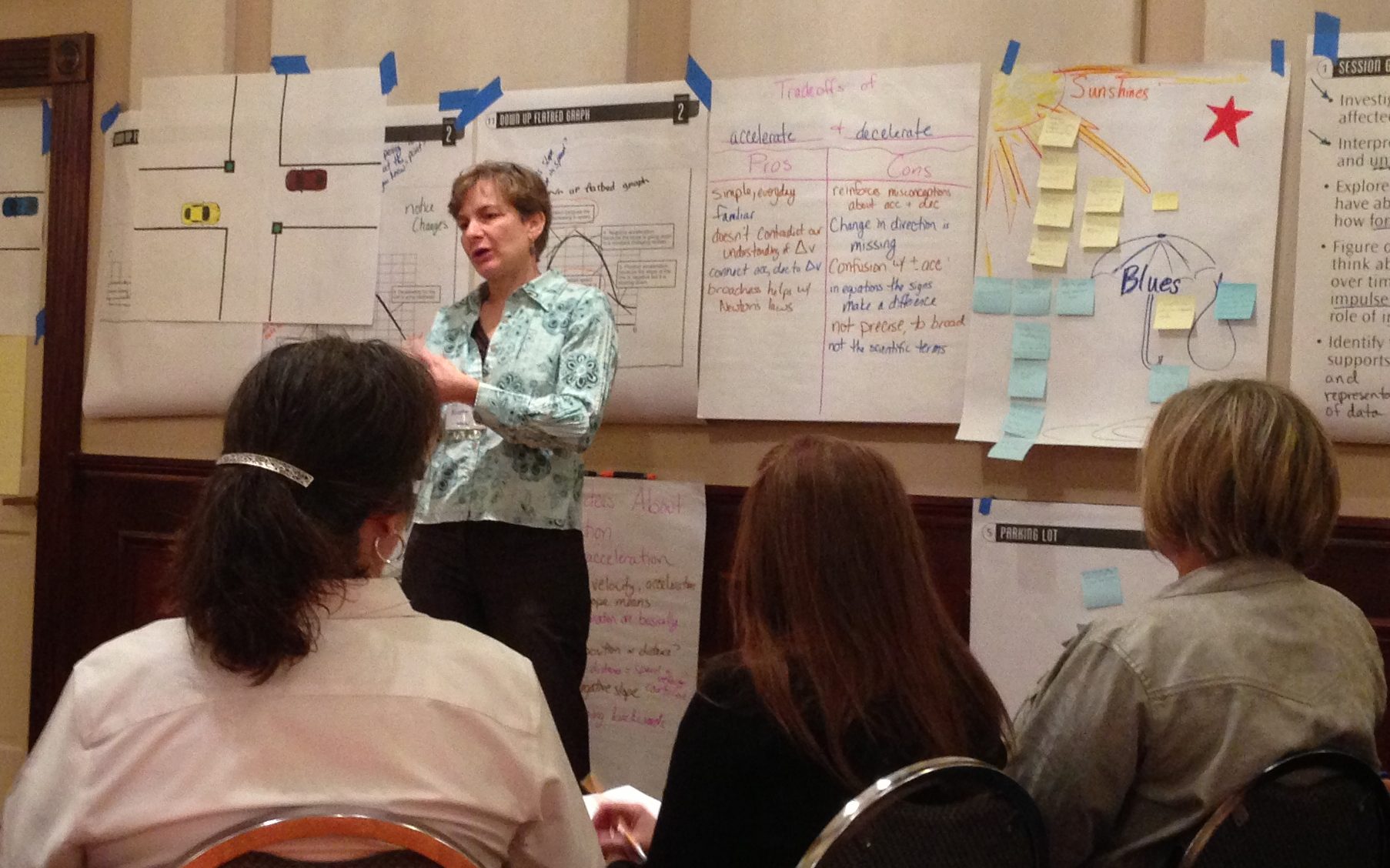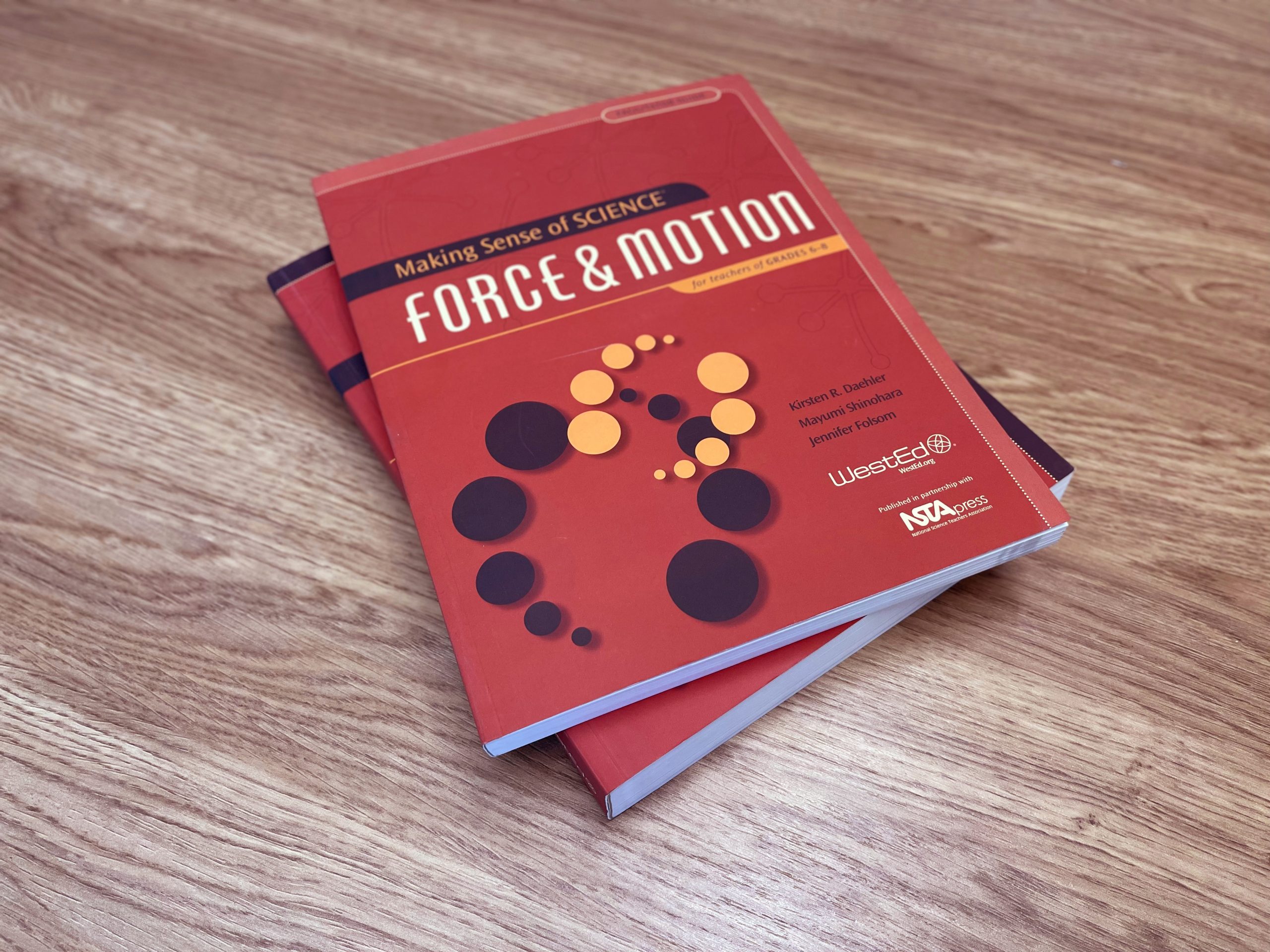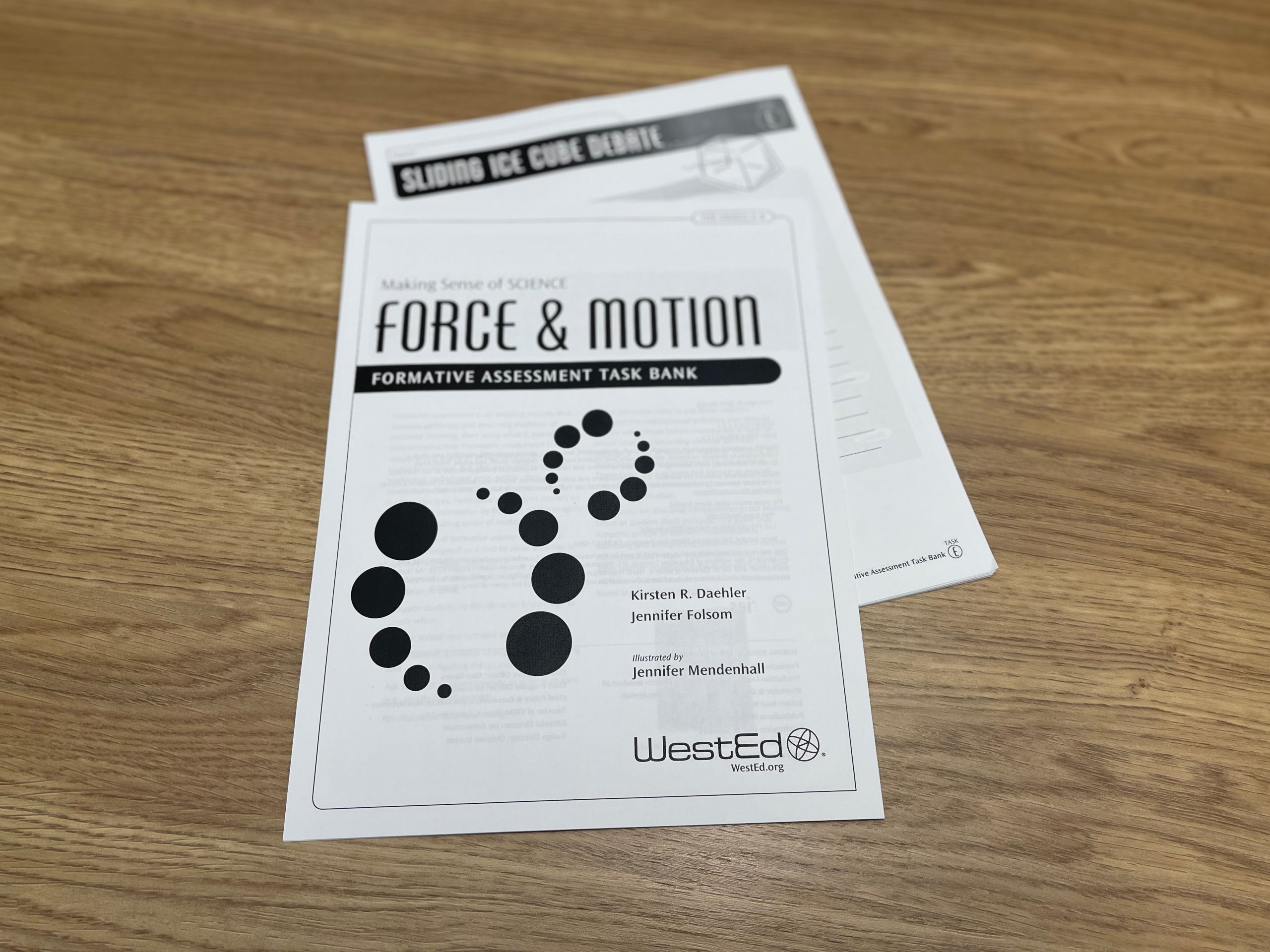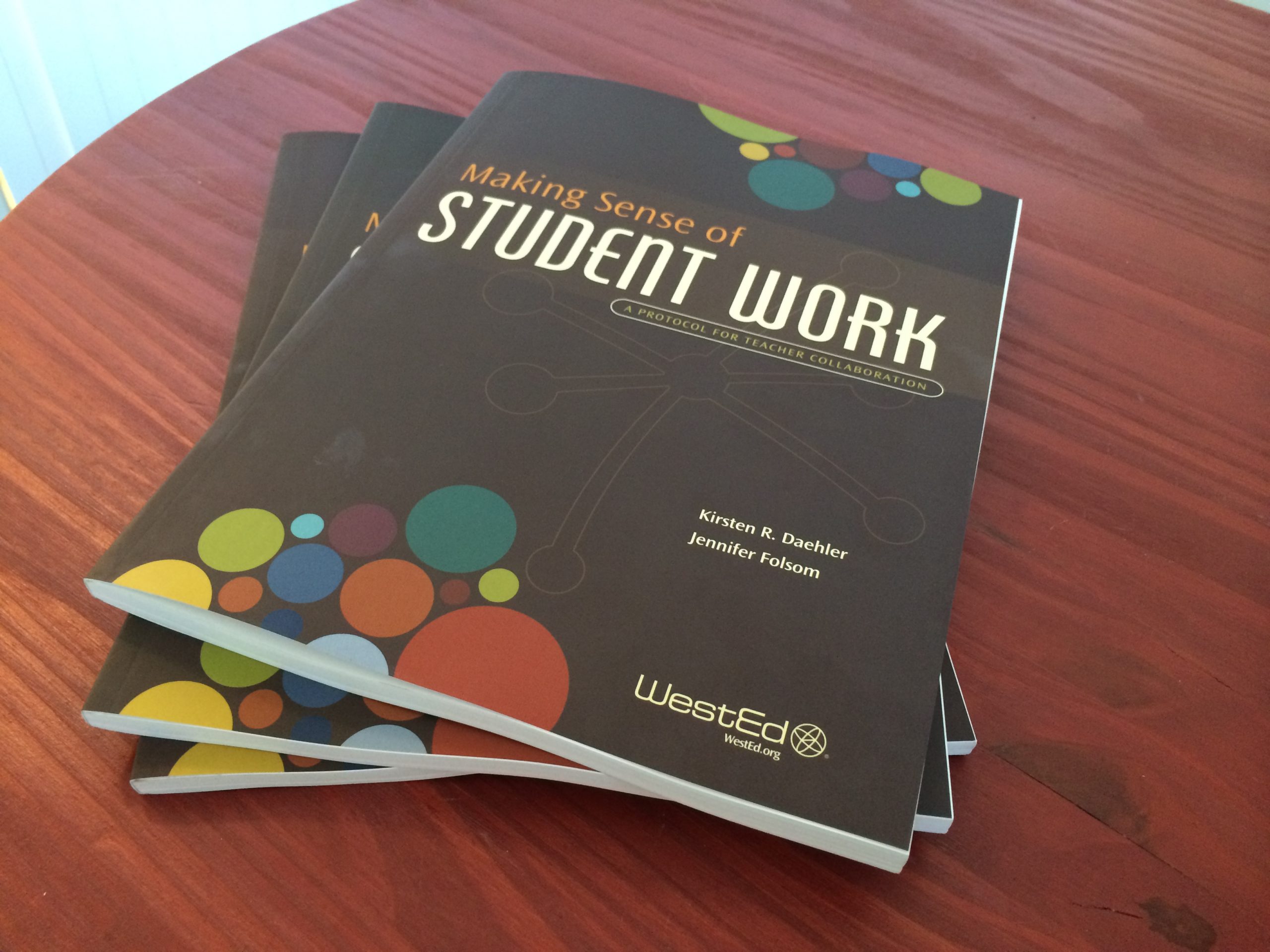This student work was collected for educators to use as part of the Making Sense of SCIENCE professional development courses for their own professional learning.
The samples in this download are ideal to use with the first session of our Making Sense of Student Work protocol. They can also be used with many other protocols designed to support teachers looking collaboratively at student work.
This set includes work from students with high, medium, and low levels of understanding. They show an authentic variety of responses from a typical classroom. To protect students’ identities, their names have been removed, and each has been assigned an alias. Also included in this PDF is a blackline master of the task.
The “Turtle’s Journey” task allows students to grapple with making sense of distance-time graphs. This task is part of the larger Force & Motion Formative Assessment Task Bank. The full task bank and other task banks on different topics are available for download.
“I used this task with my students — such a great way to get them talking about motion!”
Teacher
Arizona
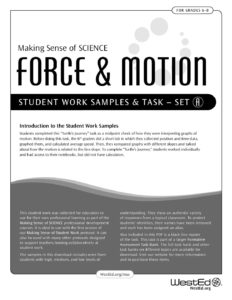
- Type: PDF
- Audience: For teachers and coaches
